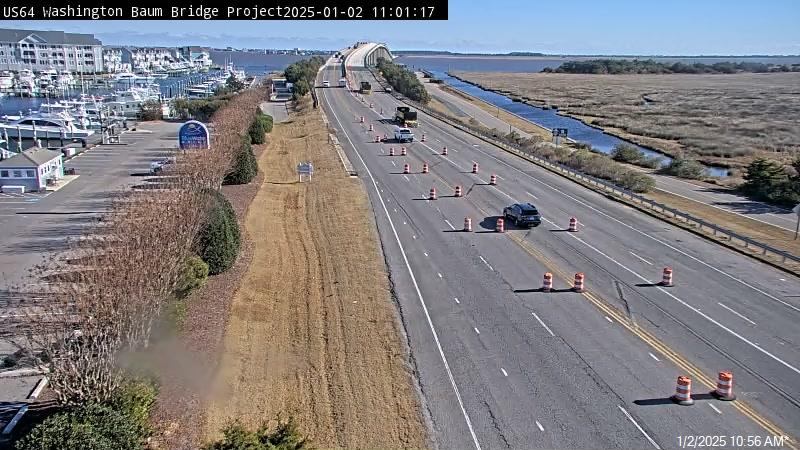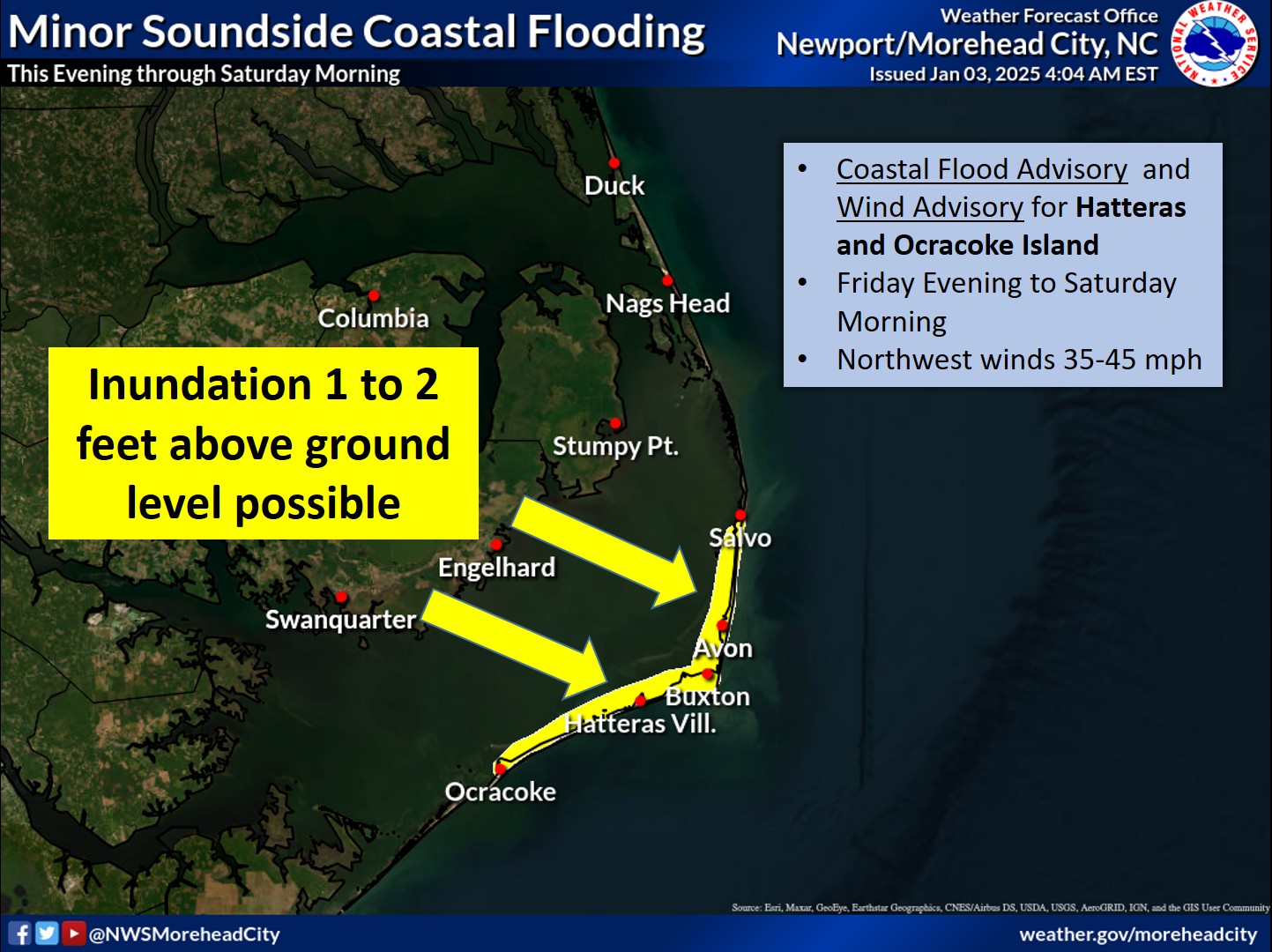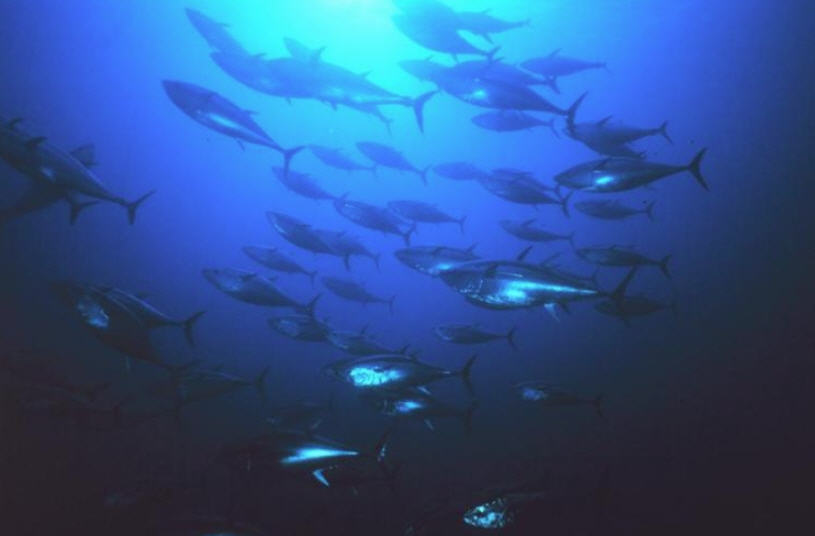The Big Flounder
In August of 2011, Hurricane Irene battered the coast of North Carolina and created a breech in highway 12, in the Pea Island area. As time was wasted, the breech grew larger and the only solution seemed to be building a bridge. Access to Hatteras Island via Highway 12 was cut off for two months. Week after week I canceled my offshore charters and refunded deposits. Moral was low, and I really needed something to do.
I was talking to my good friend Tilman one day, and he told me that he had five hundred yards of flounder net that he wasn’t using. He told me to go ahead and take it and use it. I had never gill netted flounder, so I consulted a few of my friends about the depth and type of bottom that was optimal.
I ran my skiff up to Frisco where I tied it up in a creek near my house. It didn’t take me long to identify what looked to be a good area, and where I decided to set my nets.
I pulled out of the creek the next morning excited and filled with anticipation. Finally, I was up early and fishing again.
Seven years and a few thousand pounds of flounder later, I still look forward to the fall and going after the flatties. I have grown my own stand of net from five hundred yards to sixteen hundred. Sometimes I fish on the shore side but have grown particularly fond of fishing on the reef which is a few miles out into the sound and runs parallel to the shore.
The reef is home to lots of vegetation that inhabits all sorts of bait for predators to feed on. The depth of water on the reef varies from three feet to less than a foot. I usually set my nets in two feet of water or so.
Flounder nets are 100 yards long and anchored on the upwind end. We set our nets in the evening and pick them back up first thing in the morning.
After a flounder goes in a gill net, he typically lays still on the bottom until the net is disturbed. Many of the fish I catch aren’t necessarily gilled in the net, but tangled. Sometimes they get their teeth hung in the webbing and twist themselves up. Sometimes they aren’t even twisted up, just hung by their teeth. Some of these fish escape because when I begin pulling on the net, they start fighting again and free themselves. I save quite a few of these by slipping a landing net underneath of them before lifting them out of the water.
This year has been an outstanding flounder season. Most days forty percent of my catch was culled jumbo (four pounds or over) and the bulk of the rest was large (2-4 pounds.)
When I set my nets on October 31, the wind was light out of the west. The next morning, what little wind there was, was out of the northeast. The wind shift is an important detail because as I fished, my skiff drifted toward the anchor, allowing me to retrieve the net without creating any tension and upsetting the fish. The water was crystal clear and as I drifted down my net, I could easily see the captured fish lying captured, on the bottom. There was a flounder every fifteen or twenty feet, and I was enjoying the good fishing.
As I was untangling one of my fish, I glanced once again down my net, and was shocked to see the biggest flounder I had ever seen. He wasn’t gilled or even tangled, but simply nosed into the bag of the net. If I had tightened up on the top or bottom line, he would have surely kicked his way free, but as I drifted toward him, he remained peaceful and still. I grabbed my landing net and as I drifted next to him, I slipped it under his chin. His reaction was to swim forward, and straight into my net!
The giant flounder thrashed violently in an effort to free himself, or to break my landing net in half. Neither happened and I was able to heave the monster flounder into my skiff. Until this day, I hadn’t caught one over eight pounds, so the seventeen pounder was a shock to me and the state observer that was with me. It was hard to fish the rest of my gear without glancing back at him in disbelief.
As fishermen, catching fish is what we live for, but every so often we get a chance to catch a GREAT fish. I was thankful and blessed to have had this opportunity, and don’t expect to see another one that big!








